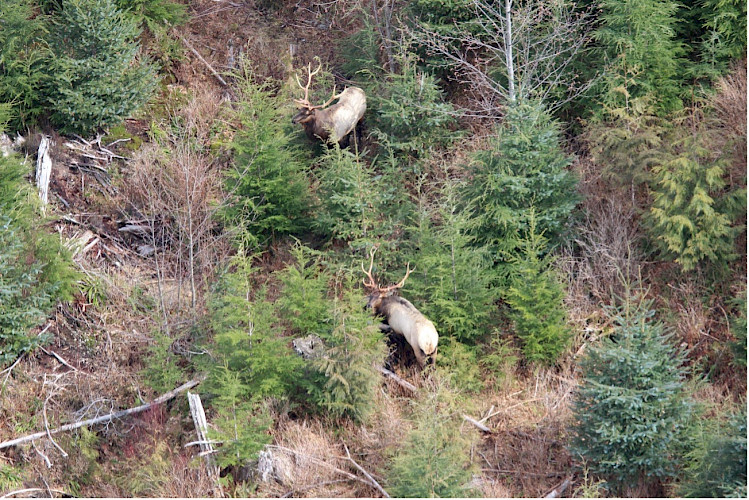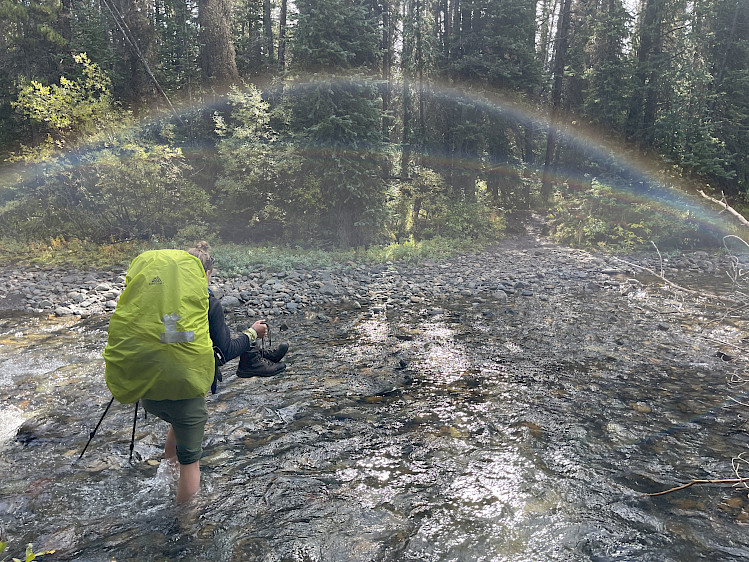Introducing.....drum roll please...Jamie! She started as WildCAM’s Wildlife Data Coordinator in January 2022. Over the next year, she’ll be working with WildCAM, FLNRORD and UBC’s Wildlife Coexistence Lab on the Provincial Multi-Species Inventory Method Assessment.
The goal of the project is to devise the best method of estimating large mammal population metrics, so that government wildlife managers can set sustainable harvest quotas. In other words – what’s the best way to find out how many big game animals there are in a region and how many can responsibly be hunted?
In BC, helicopter surveys are the principal method government biologists use to monitor and inventory large mammal populations. The project aims to address if camera traps could be a cost- and climate-conscious alternative to flying helicopter transects. To answer this question, the benefits and limitations of each method will be compared by creating a database of camera trap projects in BC and the kinds of information they collect, comparing population estimates where aerial and camera trap surveys overlap, quantifying the costs of aerial and camera trap surveys, and summarizing the kinds of secondary information camera traps collect.

Photo: Two adult male elk pictured during an aerial survey on the Sunshine Coast of BC. Image provided by Joanna Burgar.
A little bit about Jamie: she got her start in camera trapping last summer as a research technician with the WildCo lab. She had the pleasure of servicing camera traps in BC Parks and beyond, leading field teams and processing the images we collected. Jamie has also worked on bird genomics, honeybee health and toad conservation projects, and as a science communicator at UBC’s Beaty Biodiversity Museum.

Photo: one of Jamie's many creek crossings on a trip to check cameras in South Chilcotin Mountains Provincial Park. Picture taken by Taylor Justason.
The WildCAM membership will be hearing from Jamie in the coming months to learn more about the incredible research this community of practice does!